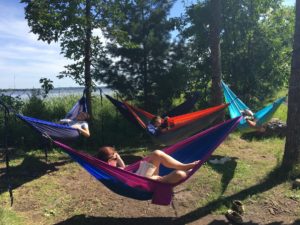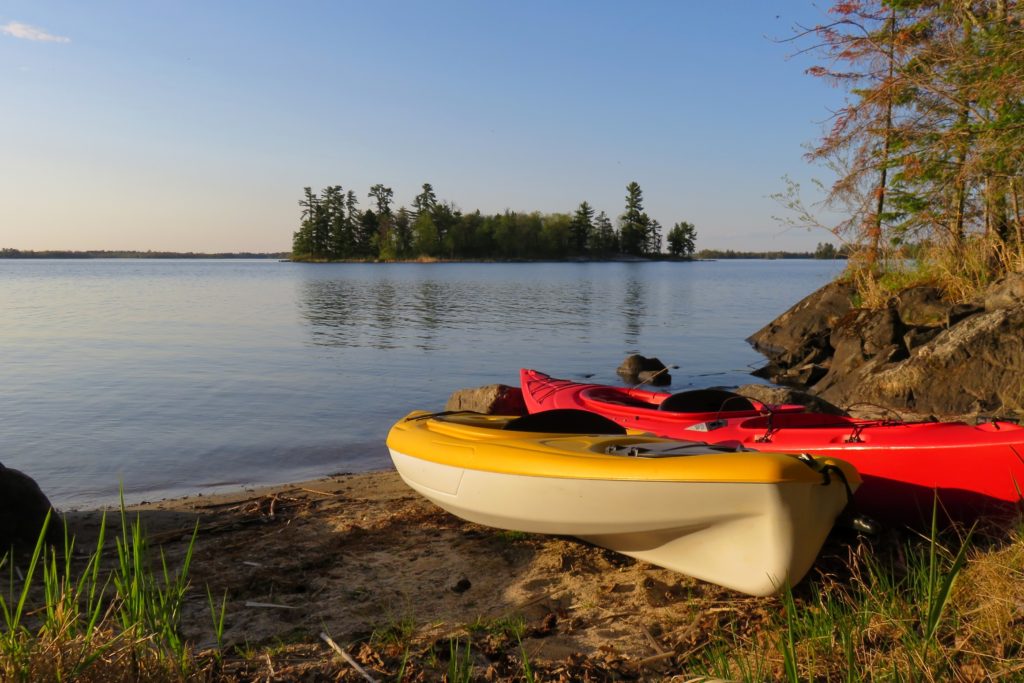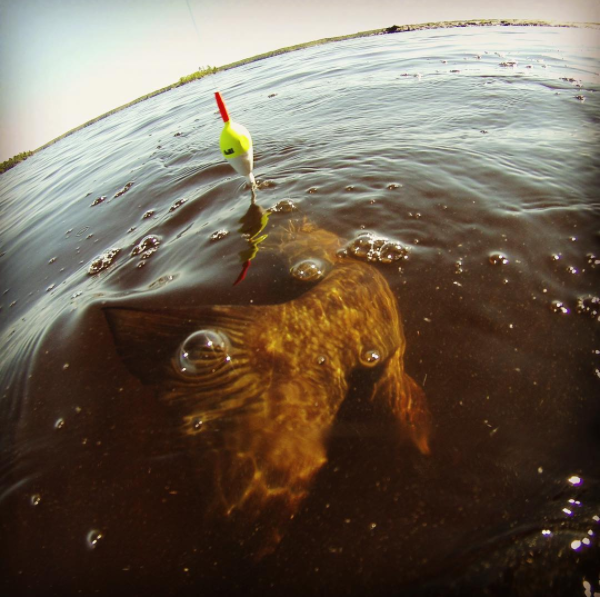By Tom Gable
“When despair for the world grows in me
and I wake in the night at the least sound
in fear of what my life and my children’s lives may be,
I go and lie down where the wood drake
rests in his beauty on the water, and the great heron feeds.
I come into the peace of wild things
who do not tax their lives with forethought
of grief. I come into the presence of still water.
And I feel above me the day-blind stars
waiting with their light. For a time
I rest in the grace of the world, and am free.”
- Wendell Berry, "The Peace of Wild Things"
 Many come to Voyageurs to boat, camp, fish, or snowmobile while experiencing the beauty of the outdoors. Yet, Voyageurs is a vast area with large tracts of wild, undisturbed forests in which people rarely step foot. It is these wild places that give Voyageurs an intrinsic value outside of the recreational activities that most come to the park for. However, I think this intrinsic value of the park is rarely articulated, expressed, or appreciated.
Many come to Voyageurs to boat, camp, fish, or snowmobile while experiencing the beauty of the outdoors. Yet, Voyageurs is a vast area with large tracts of wild, undisturbed forests in which people rarely step foot. It is these wild places that give Voyageurs an intrinsic value outside of the recreational activities that most come to the park for. However, I think this intrinsic value of the park is rarely articulated, expressed, or appreciated.
I have spent the past four years studying wolves in Voyageurs National Park as both a graduate student and then an employee of the park. Much of my work entailed following wolves. Wolves cover large distances each day. As a result, to follow and understand them, I had to do the same. Thus, I have been fortunate to have an excuse to visit and experience parts of the park that few have ever seen or stepped foot in since the formation of the park in 1975. I have been fortunate to experience the park’s true wilderness.
But what is wilderness? Today there are increasingly more natural places, parks, and green spaces. While these areas are undoubtedly valuable, they are not wilderness. Many (such as Edward Abbey, Henry David Thoreau, and Sigurd Olson) over the past 200 years have discussed what wilderness really means and how to preserve it. To me, wilderness is much more a feeling than a definition as wilderness is not simply a piece of land that meets measurable criteria – though there is importance in defining wilderness so that it can be preserved. Indeed, I cannot strictly define, and often struggle to articulate, what I think wilderness is, but when in wilderness I know it. Although, the ‘feeling’ of wilderness always seems to come from the combination of solitude, silence, and the perception of physical isolation in the natural world. If one perceives that they are in a remote place, then it is wilderness. There are a multitude of scenic places in noisy areas that have exquisite physical beauty. However, because there is no solitude and silence, the experience is nothing more than what it is: a beautiful place in a noisy world.
The interior of Voyageurs National Park is a seemingly impenetrable forest with hundreds of beaver ponds, bogs and lakes. Traveling through these woods is challenging and, after a certain amount of time, a person feels swallowed by the forest. Covering even short distances can be arduous and take considerable time. However, therein is the beauty. Within minutes a person feels like they are in the middle of nowhere, lost in miles upon miles of wild forest. In a short while a person perceives wilderness and gains the esthetic and emotional benefits of being in a wild place. That is what Voyageurs is to me – a place of wilderness, a place to get lost, a place of quiet, peace, and solitude. In the truest sense, my soul feels rested and quiet when wandering through the woods of the park.
Often when traveling through the forest of Voyageurs, I am reminded of the prescient quote by Sigurd Olson: “Here again was the silence, and I thought how rare it is to know it, how increasingly difficult to ever achieve real quiet and the peace that comes with it, how true the statement ‘Tranquility is beyond price’.”
Here again was the silence and I thought how rare it is to
know it.
In the busyness of the world with all its distractions, problems, and sadness, Voyageurs National Park is a refuge from it all. For a period of time, I can step out of the human world and slip into the natural world. Each day creatures live and die, and yet there is an eternal quality to everything in Voyageurs.
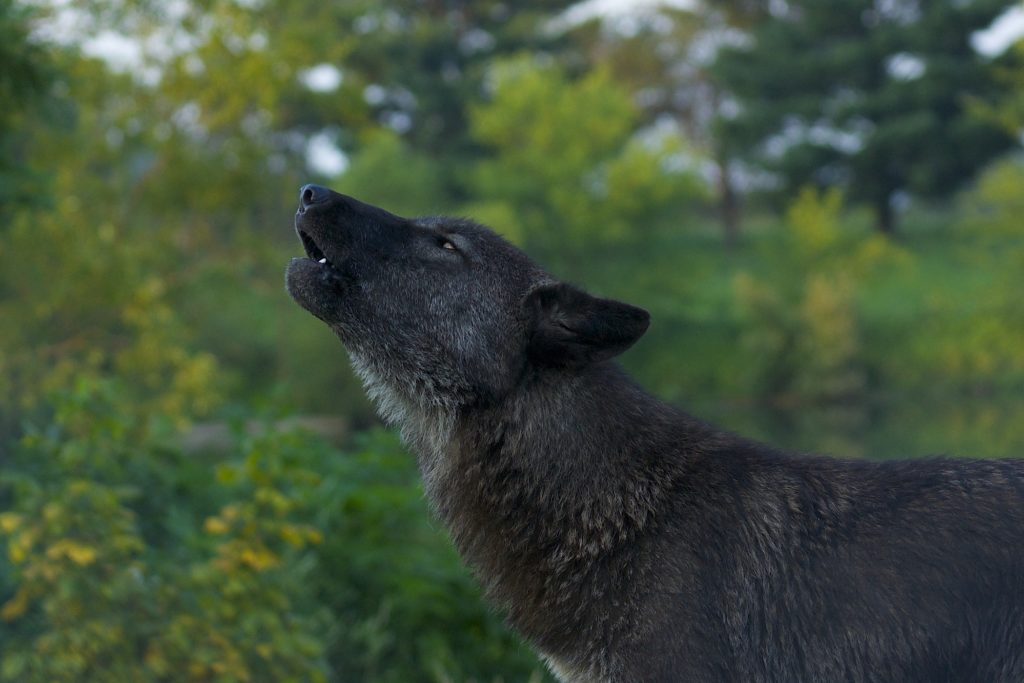
Over time, I start to feel and experience the fragility and resiliency of life, the changing of seasons, the rhythms of nature. During the spring and summer, the park’s treetops are invaded by thousands of singing warblers, vireos, flycatchers, and thrushes. With the coming of winter, these birds head south and different birds return from the far north of Canada. Flocks of delicately adorned white snow buntings heading south flit along the shorelines during ice-in. During the dead of winter, the soft whistle of the pine grosbeaks in the spruce trees– one of the most beautiful sounds of winter –dances across the frozen land.
The vast expanse of wild forest in Voyageurs supports many of the park’s elusive year-round residents such as the wolf, the moose, the bear, and the lynx. What they do, where they go, and how they live are a mystery. I often hope to catch a glimpse of these animals when I am in the woods, but I rarely ever do. Yet to know that they are out there is enough.
What pleases me most is the possibility of seeing them. Without these animals, Voyageurs would lose much of that indescribable feeling of wilderness. I recently moved to the Twin Cities to continue my graduate education. There is hardly a greater dichotomy between wilderness and civilization than going from spending every day in Voyageurs to spending every day in St. Paul. Instead of mile upon mile of untouched forest, it is mile upon mile of roads, buildings, and an endless stream of vehicles. Yet this only highlights the intrinsic value and importance of Voyageurs. The value is in knowing that, not far away, there is a vast wilderness, a place to escape the noisy and rushed world. The value is in the woods, the water, and the animals that live in the park. The value is in the possibility to perceive and experience wilderness, to sense true quiet and solitude, and to experience the seemingly eternal quality of the natural world as the busyness of life fades away.
Voyageurs is a place where I feel a boundless freedom and a peace that comes
with it.
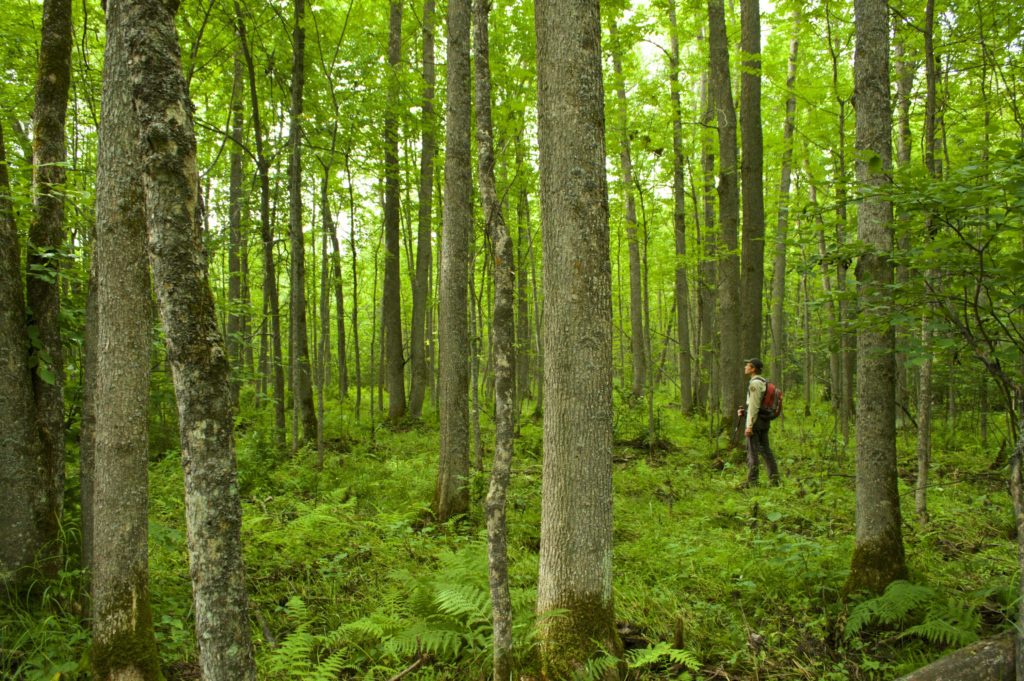
Photos by Tom Gable

 Many come to Voyageurs to boat, camp, fish, or snowmobile while experiencing the beauty of the outdoors. Yet, Voyageurs is a vast area with large tracts of wild, undisturbed forests in which people rarely step foot. It is these wild places that give Voyageurs an intrinsic value outside of the recreational activities that most come to the park for. However, I think this intrinsic value of the park is rarely articulated, expressed, or appreciated.
Many come to Voyageurs to boat, camp, fish, or snowmobile while experiencing the beauty of the outdoors. Yet, Voyageurs is a vast area with large tracts of wild, undisturbed forests in which people rarely step foot. It is these wild places that give Voyageurs an intrinsic value outside of the recreational activities that most come to the park for. However, I think this intrinsic value of the park is rarely articulated, expressed, or appreciated.

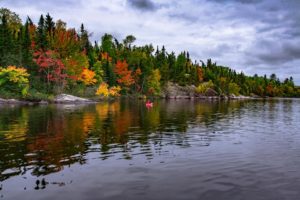

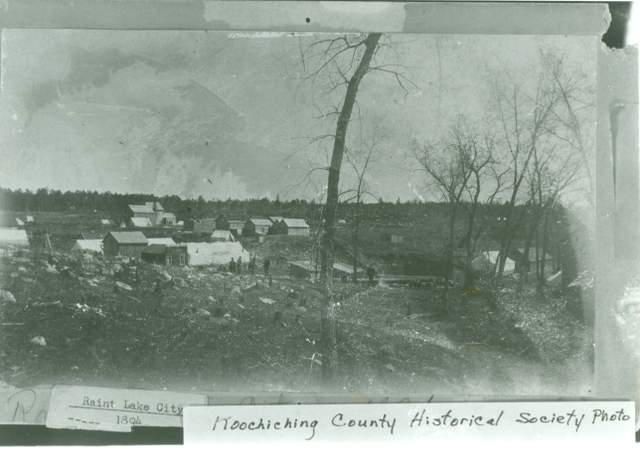
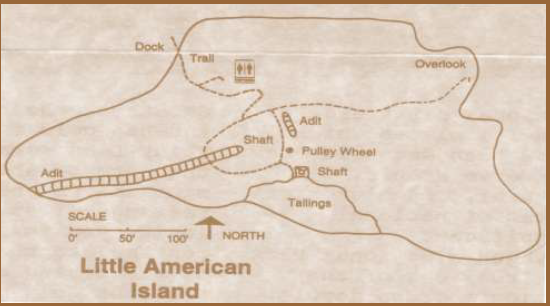
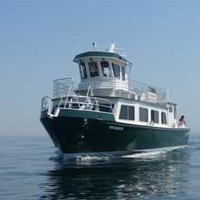 Haven't made it up to Voyageurs yet this season? There is still time to reserve a spot to explore the waters and islands of Minnesota's national park.
Ticket sales for tour boats stop 30 minutes prior to departure. Reservations are highly recommended. Call (877) 444-6777 or go online at
Haven't made it up to Voyageurs yet this season? There is still time to reserve a spot to explore the waters and islands of Minnesota's national park.
Ticket sales for tour boats stop 30 minutes prior to departure. Reservations are highly recommended. Call (877) 444-6777 or go online at 
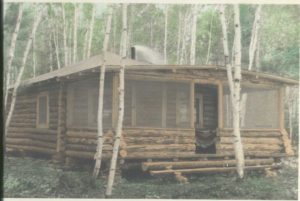
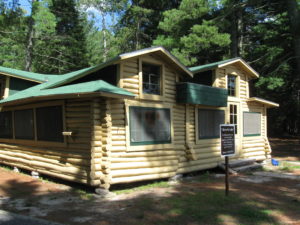
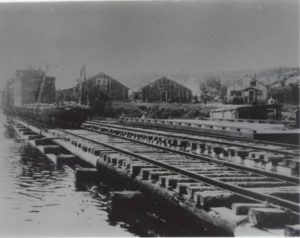
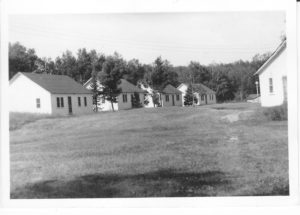
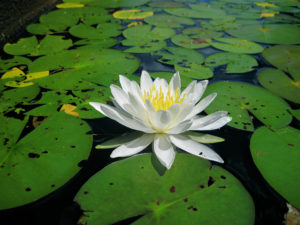
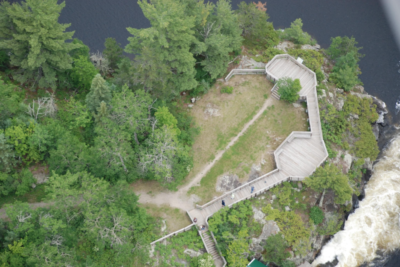
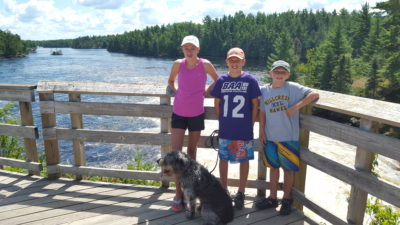
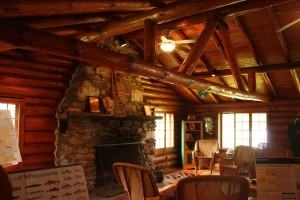
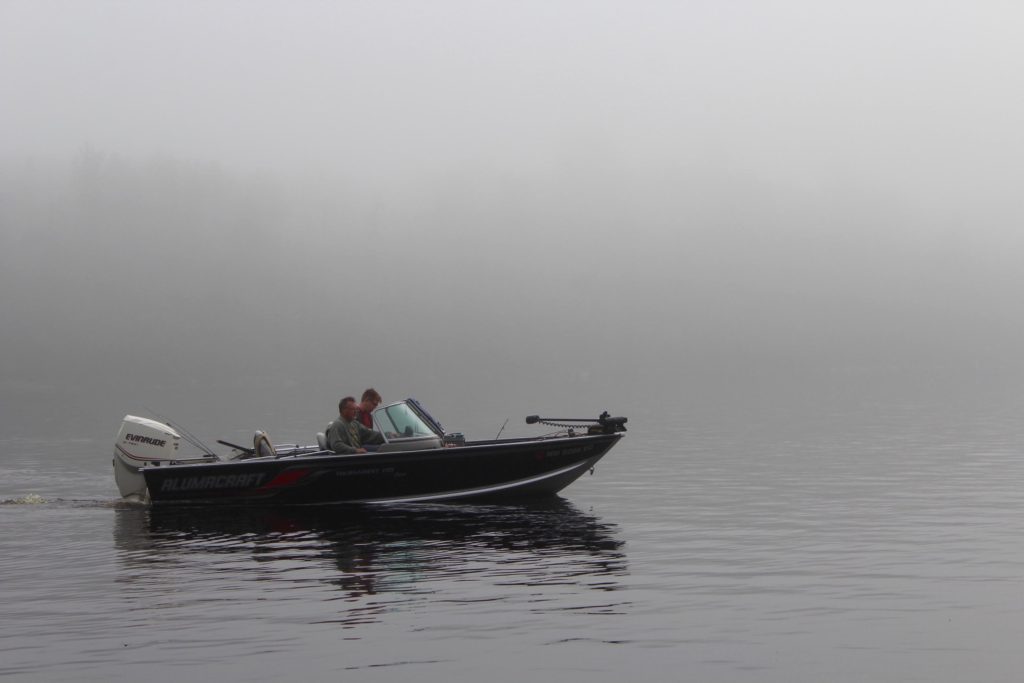 Voyageurs began placing hazard markers and other buoys within park boundaries on April 20, 2017. Park staff will make every effort to place buoys in a timely manner for the upcoming 2017 summer season.
Voyageurs began placing hazard markers and other buoys within park boundaries on April 20, 2017. Park staff will make every effort to place buoys in a timely manner for the upcoming 2017 summer season.